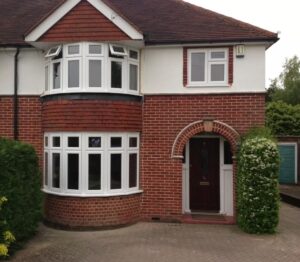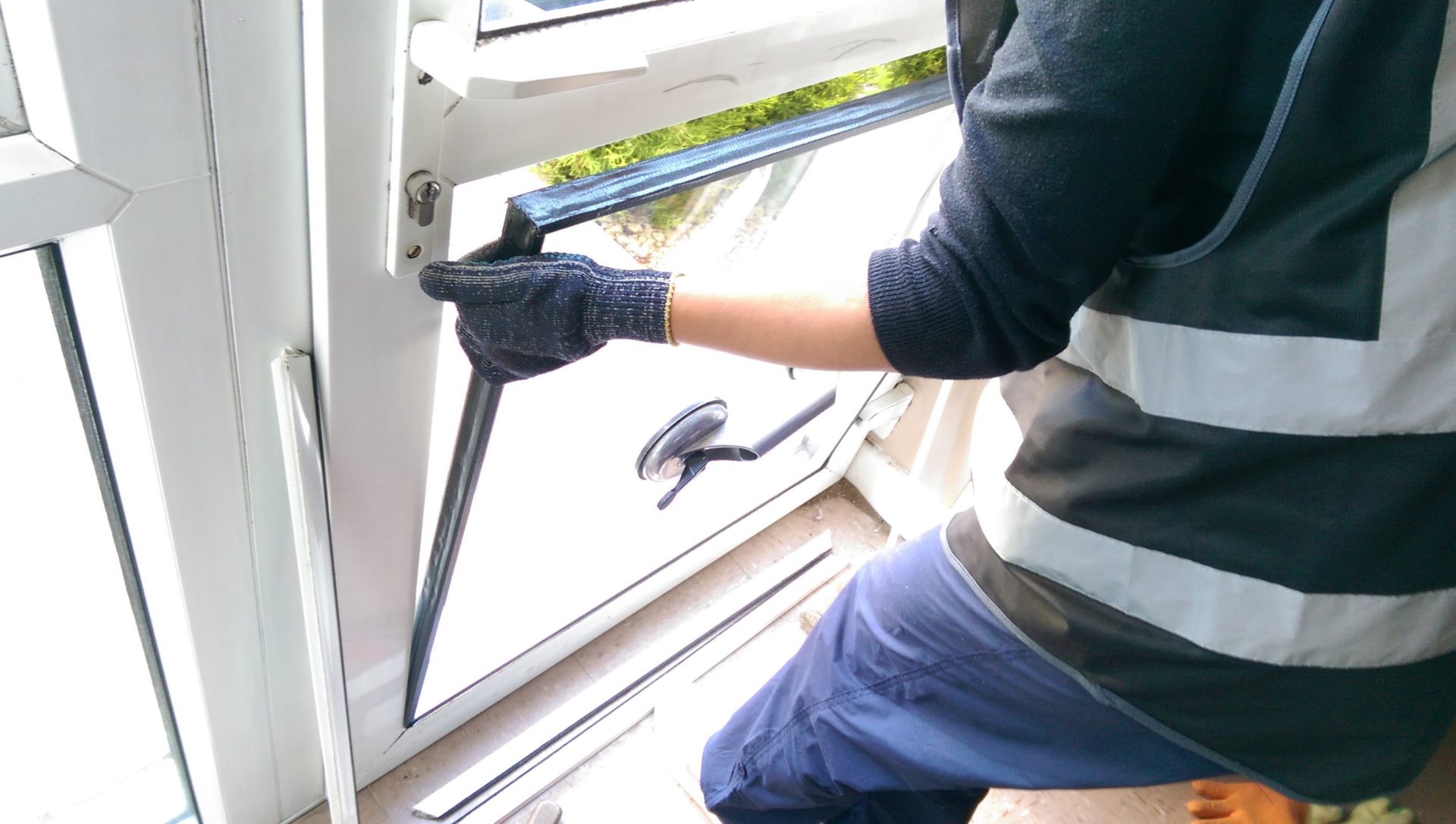How Much Do Energy-Efficient Windows Experts Earn?
페이지 정보

본문
Energy-Efficient Windows: An Overview
Over the last few years, the need for energy-efficient windows has actually surged, driven by increasing energy expenses, increased environmental awareness, and the desire for improved comfort in homes and commercial buildings. Energy-efficient windows are developed to lower energy usage, boost thermal convenience, and lower greenhouse gas emissions. This detailed guide will explore the features, benefits, and various types of energy-efficient windows offered in the market.
Comprehending Energy-Efficient Windows
Energy-efficient windows are specially engineered to decrease energy loss while taking full advantage of natural light and looks. They achieve these objectives through a mix of innovations that improve insulation, decrease air infiltration, and show or soak up solar heat.

Key Components of Energy-Efficient Windows:
Frame Materials: The product of the window frame substantially impacts its energy efficiency. Common products include:
- Vinyl: Excellent thermal performance and low upkeep.
- Wood: Natural insulator however needs regular maintenance.
- Aluminum: Durable however less efficient unless thermally broken.
- Fiberglass: High durability and energy performance, typically used in high-end applications.
Glazing: The kind of glazing (or glass) utilized is a crucial factor:
- Single Glazing: Least effective; allows substantial heat transfer.
- Double Glazing: Two panes of glass with a space between, substantially enhancing insulation.
- Triple Glazing: Three panes of glass; offers the best efficiency however at a greater cost.
Low-E Coatings: Low-emissivity coatings are thin layers applied to glass that reflect heat back into a structure during winter season while deflecting solar heat in summertime. This feature can dramatically minimize heating & cooling expenses.
Gas Fills: Argon or krypton gas is often used to fill the spaces in between the panes of double and triple-glazed windows, supplying it with additional insulation properties.
Warm Edge Spacers: These are products utilized to separate the panes of glass. Warm-edge spacers help minimize thermal bridging and improve general window effectiveness.
Benefits of Energy-Efficient Windows
The benefits of setting up energy-efficient windows in a building are considerable, both economically and ecologically.
Economic Benefits:
- Lower Energy Bills: By minimizing the amount of heat lost during winter and heat gained in summer season, energy-efficient windows can lead to significant savings in cooling and heating expenses.
- Increased Property Value: Homes with energy-efficient upgrades might have a higher resale worth. Many buyers actively look for out energy-efficient functions.
- Tax Credits and Rebates: Many areas provide financial rewards for homeowners who upgrade to energy-efficient windows, making them more cost effective.
Ecological Benefits:
- Reduced Carbon Footprint: By decreasing energy usage, energy-efficient windows add to a decrease in greenhouse gas emissions.
- Improved Indoor Air Quality: Better insulated homes often show a decrease in drafts and wetness problems, which can result in much healthier living environments.
Convenience Benefits:
- Consistent Indoor Temperature: Energy-efficient windows assist maintain a steadier indoor temperature level, lowering cold areas near windows and getting rid of getting too hot.
- UV Protection: Many energy-efficient windows can obstruct damaging UV rays, safeguarding furniture and flooring from fading.
Kinds Of Energy-Efficient Windows
Selecting the best kind of energy-efficient window will depend upon numerous elements such as environment, constructing style, and budget. Below are some frequently used types:
| Window Type | Description | Best For |
|---|---|---|
| Casement Windows | Depended upon one side, these windows open outwards, providing excellent ventilation and airtightness. | Areas requiring excellent airflow |
| Double-Hung Windows | Features two operable sashes that move up and down. They enable versatile ventilation and are simple to tidy. | Traditional-style homes |
| Sliding Windows | These windows slide open horizontally, making them easy to run and ideal for those who have restricted area. | Areas with limited area |
| Photo Windows | Fixed windows that do closed, maximizing views and natural light, typically paired with adjustable windows for ventilation. | Living rooms, dining areas |
| Bay and Bow Windows | Prolonged windows that create a shelf or nook, including architectural appeal and increased sunshine. | Living room, breakfast nooks |
Picking the Right Energy-Efficient Window
When picking energy-efficient windows, property owners ought to think about the list below elements:
- Local Climate: Different areas have different climate requirements. For instance, homes in the northern U.S. might take advantage of windows that maintain heat, whereas southern homes may need windows that reflect heat.
- Window Orientation: The direction that windows deal with can affect energy performance. South-facing windows might take advantage of solar heat gain in winter, while north-facing windows might need more insulation.
- Effectiveness Ratings: Look for windows with a good Energy Star score, which certifies them as efficient in supplying energy performance.
Frequently Asked Questions (FAQs)
What is the distinction in between energy-efficient and standard windows?Energy-efficient windows are created with unique materials and technologies that boost insulation and reduce energy loss, whereas basic windows may lack these features, resulting in greater energy consumption.
How can I inform if my windows are energy-efficient?Try to find signs such as Low-E finishings, numerous panes of glass (double glazing Installation rates or triple glazing), and a good energy performance ranking (like Energy Star).
Are energy-efficient windows worth the investment?Yes, while they may have a higher in advance expense, energy-efficient windows often conserve homeowners money on energy expenses and minimize carbon emissions with time.
Can I install energy-efficient windows myself?While some homeowners may tackle window installation as a DIY project, professional installation is frequently advised to ensure proper sealing and insulation.
How long will energy-efficient windows last?With correct upkeep, energy-efficient windows can last 20 to 30 years, making them a long-lasting investment for your home.
Energy-efficient windows use many benefits, consisting of lower energy expenses, boosted comfort, and lowered environmental impact. By understanding their functions, benefits, and the various types readily available, homeowners can make informed choices that contribute not only to their own convenience but also to a more sustainable future. Purchasing energy-efficient windows is not just a wise option for your wallet; it is a substantial step towards creating a greener and more effective international environment.

- 이전글The Business Focuses On Interaction And Partnership 25.06.27
- 다음글Creating Unforgettable Connections 25.06.27
댓글목록
등록된 댓글이 없습니다.
